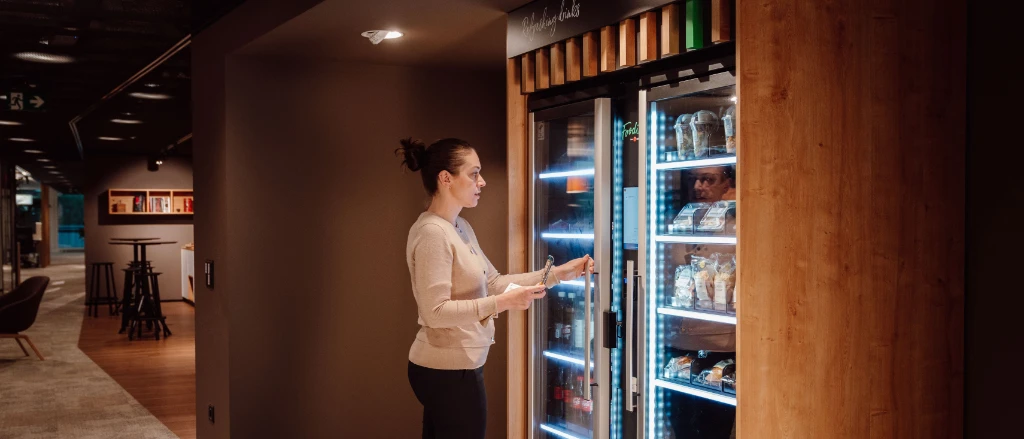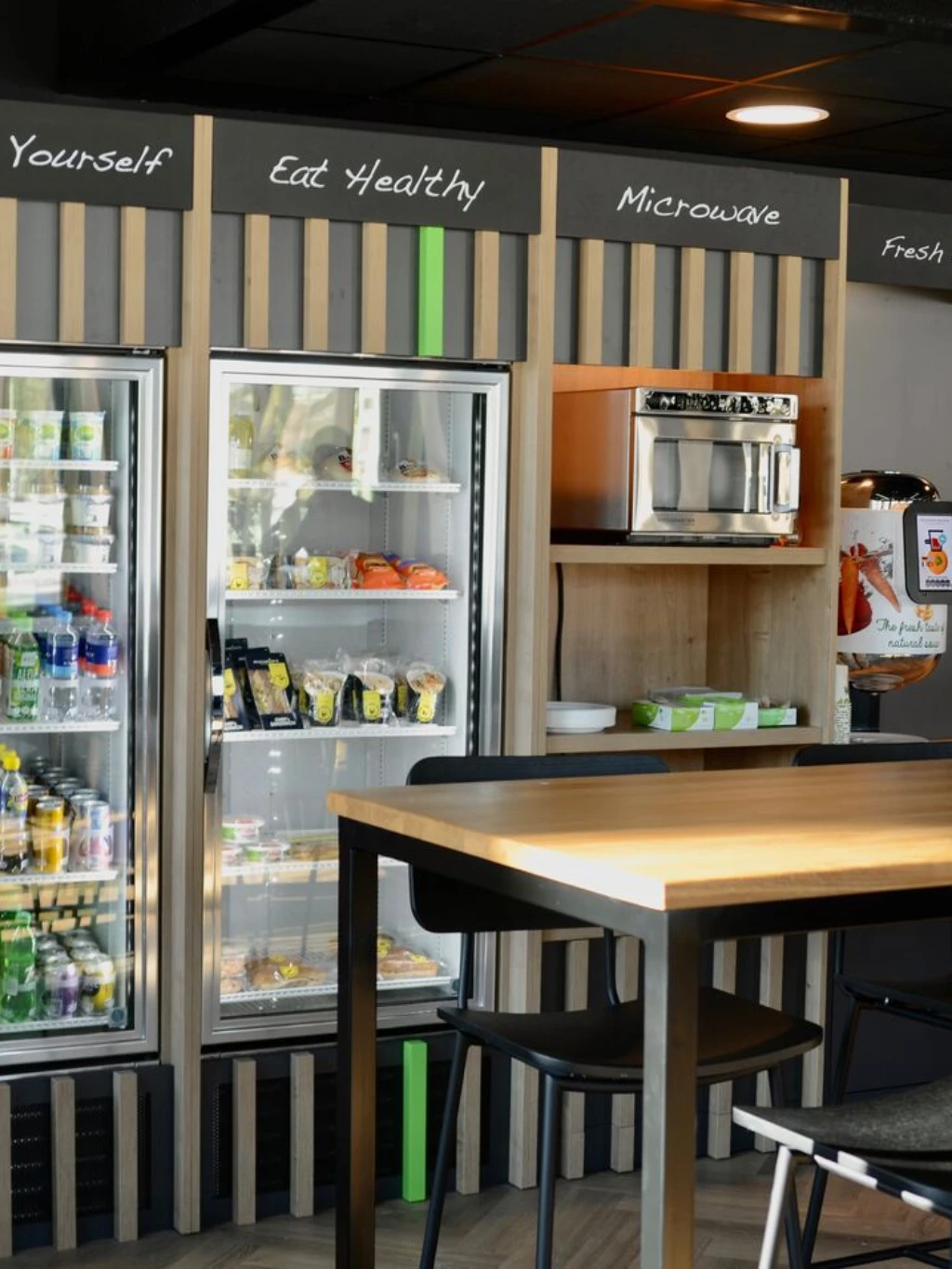
The Growth of The Self-Serve Market
To put this into context, in Japan, for every 23rd person walking the streets, there is self-service assistance in the form of a vending machine, kiosk, and ATM and the demand doesn’t appear to be in decline. Consumers prefer self-service technology over manual dealings, mainly due to hygiene reasons and speed of delivery. Therefore, the demand for these automated devices is expected to increase and eventually drive the overall market growth.


Another big factor to consider here is the next generation to infiltrate the workplace. Growing up in an on-demand economy, Generation Z has a strong preference and expectation of immediacy when it comes to the delivery of products and services. Growing up with the ability to have almost anything delivered to on demand, Generation Z brings is set to bring an elevated expectation for on-time delivery and heightened expectation for service.
The pandemic has certainly changed the face of self-service in healthcare, manufacturing, and other non-retail sectors, radically shifting consumer and business behaviour. Despite the short-term social lockdown impact, the increase in demand for groceries, medical supplies, general merchandise, and home improvement among shoppers forced businesses to adopt self-assisted technologies to promote social distancing and contact-free and cashless technologies.
Furthermore, limited workforce availability due to lockdown and initiation of traveling and transportation also led to extensive adoption of self-service checkout systems.
Foodies MicroMarkets are the leading cashless, self-service technologies to hit the catering space this year. With TAF Catering voting them one of the top 10 food disrupters in the workplace post COVID-19, they are safe, touchless, incredibly fast and easy to use. Since their inception in the US in 2005, the Micromarket concept has gone from strength to strength. For the following reasons:
- They are pretty much contactless; so, eliminate unnecessary touchpoints, contributing to user safety.
- There are efficiently fast and convenient for both consumers and their operators.
- They are available on demand and around the clock and significantly cheaper than a human equivalent, which means they save money and resource.


There has been a rise in the number of installations of vending machines and self-serve interactive Kiosk installations in the Europe post-Covid too. As one of the largest distribution companies in Europe, we have already seen a huge uptake of tech-led refreshment provisions by clients in the manufacturing, logistics, and financial services industries, invariably leading to the removal and replacement of banks of vending machines for more tech-led solutions like Micromarkets, Smart Fridges and Distance Selection coffee machines.
Many well-known household brands have already jumped on the bandwagon to provide this solution for their staff. With clients like Amazon, Matches Fashion, ITN, and GoDaddy to name but a few are at the forefront of using this solution to drive employee engagement, increase staff productivity, and retain the best talent.


